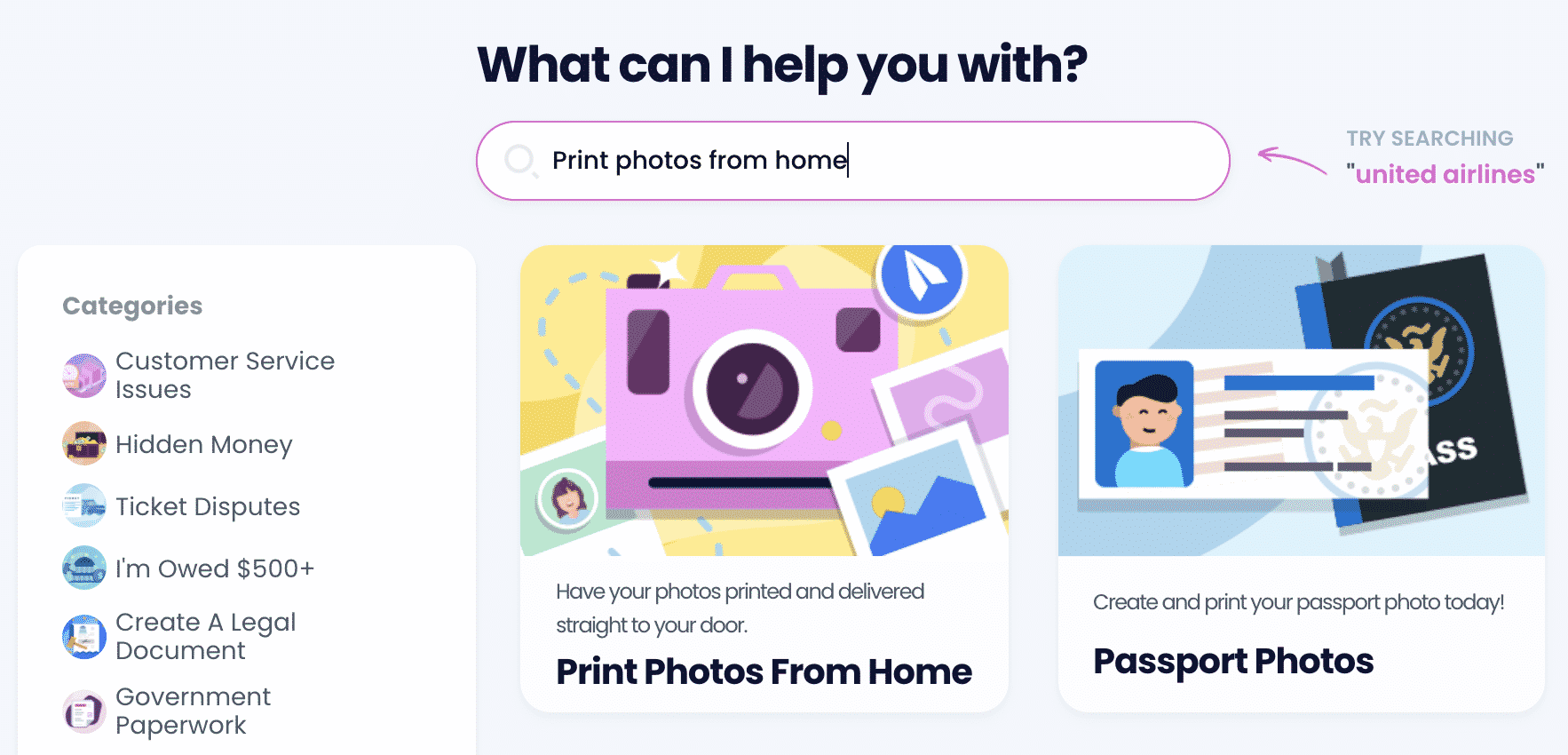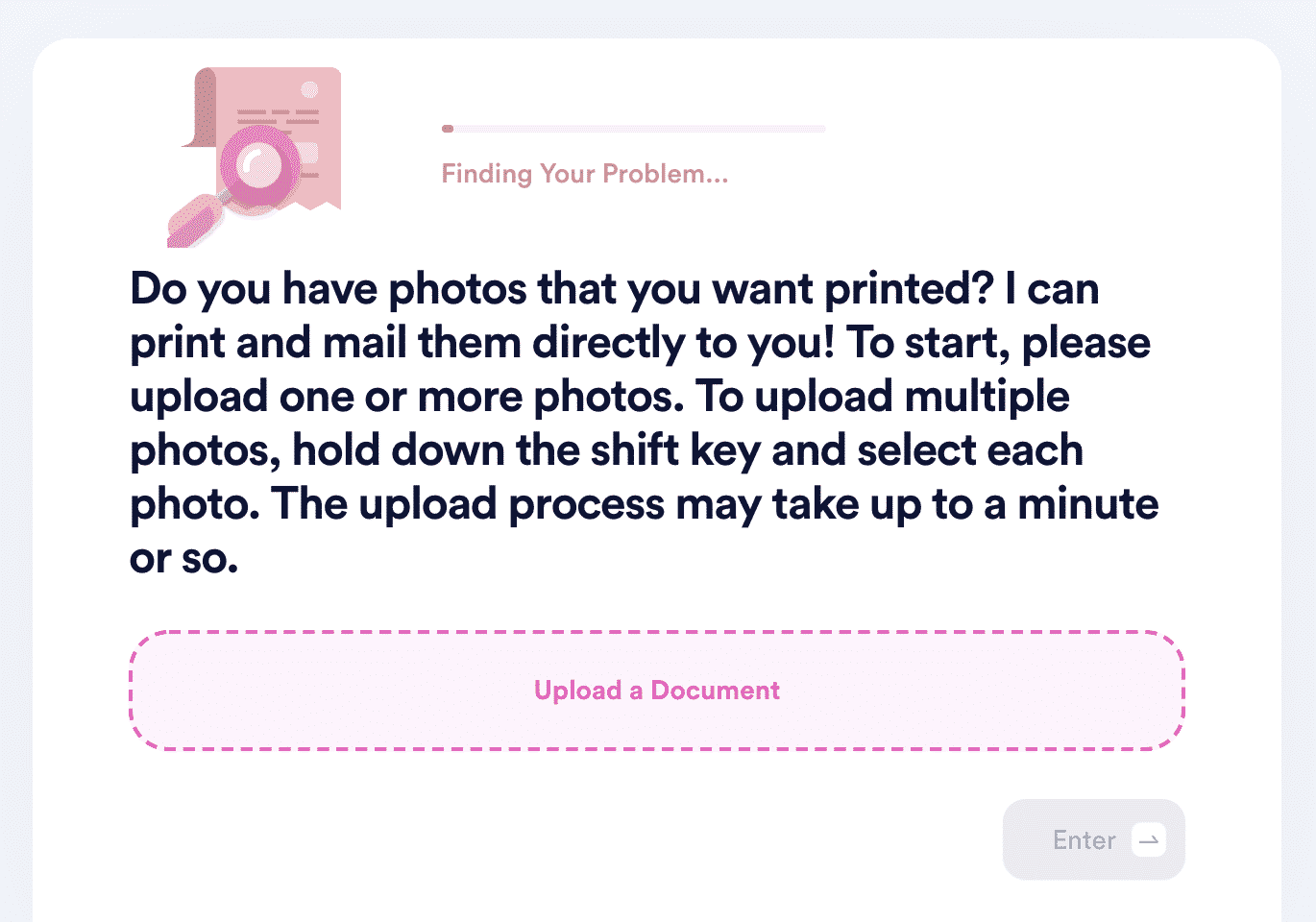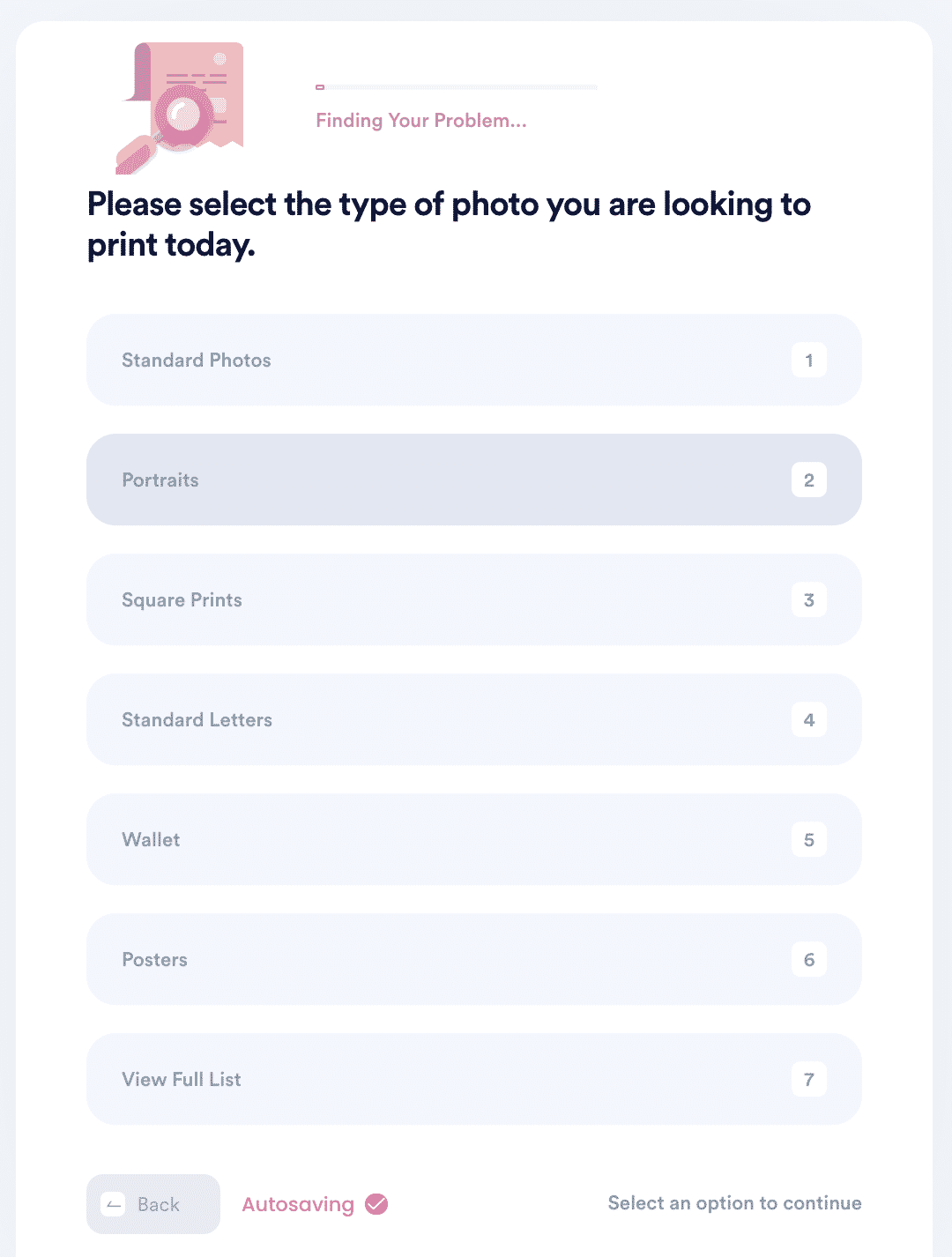Printing JPEG Photos From Home Has Never Been Easier
JPEG (pronounced JAY-peg) is a form of lossy compression typically used for digital images produced by digital photography. In digital photography, lossy compression (also referred to as irreversible compression) is a type of data encoding that utilizes data discarding and indefinite computations to render digital images. Lossy compression is used to decrease the size of digital photos for easier storing, manipulating, and transferring.
Higher degrees of approximation result in digital images being more granulated as more elements are removed. Lossy is contrary to lossless (also called reversible data compression) digital photo compression, which doesn't degrade the photo's data. However, the amount of data compression using lossy is significantly higher than the lossless methods.
Thus, JPEG is a that don't require a crystal clear image. Medium to large-sized posters that people will view from a distance, for example.
How to Print Quality JPEG Photos On Your Own
Due to pixel reduction caused by lossy compression, you can't expect from JPEG images. However, you can convert or increase the resolution of your JPEG photos using your choice of image editing software.
- If you're using a desktop computer or laptop with Windows 10 or 11, you can use the free Paint application to change the resolution by increasing or decreasing the number of pixels in your image.
- Keep in mind that it's best to print quality images at 300 dots per inch (DPI) or 300 pixels per inch.
As mentioned earlier, you won't notice a profound difference in print quality on large prints. Therefore, if you look at them from a distance, you will not notice the difference. Of course, if you're standing only a few feet away, the diminished print quality will become more apparent.
This is why print companies don't worry too much about printing high-quality images on large banners or signs. But what if you want to print a high-quality photo to hang on a wall in your home or office?
Convert Your JPEG Image to the TIFF Format for a Higher Quality Print
To achieve a higher quality print, you will need to convert your JPEG image to a Tagged Image File Format (TIFF) photo. Nevertheless, if your JPEG photo is below 300 dpi, converting it to TIFF format won't do much to improve image quality. If it is over 300 dpi, you will need to use advanced photo editing software like Adobe Photoshop.
If you would prefer an alternative, GNU Image Manipulation Program (GIMP) is a great 100% free, open-source raster graphics editor featuring all of the same functions. However, some inexperienced users might find GIMP's user interface sort of complex to use starting out. If you decide to go with Photoshop, here are the instructions as per the Adobe website:
- Check the file size of your JPEG image to ensure the image quality will be high enough for a TIFF. A resolution of 300 dpi or more is required for printing.
- Choose File and select Save As.
- Select the TIFF format and click Save.
- In the TIFF Options dialog box, make any additional selections necessary for the output file you want.
- Click OK.
Once you're finished converting your JPEG image, you should end up with a high-quality TIFF file that will produce a professional-looking print.
Equipment and Software Required for DIY Quality Photo Printing
Some of the equipment you will need to print JPEG photographs from home include:
| A High-Resolution Digital Camera | You will need a high-resolution camera with which to take the photograph you wish to print. Some smartphone cameras are really good, but it is prudent to use a professional camera for professional-grade photographs. |
| A Pro-Grade Photo Printer | You will also need a good printer to turn those digital photographs into paper ones. The printer's quality determines the photo's overall quality, and it is worth noting that the best printers for printing photographs can be expensive. |
| Photo Quality Printing Paper | Additionally, you will need fine printing paper on which to print the photographs. Ideally, the paper should be large enough to print JPEG photographs. |
| Pro-Grade Photo Editing Software | It doesn't matter how steady your hands are – every professional photographer considers it necessary to edit and touch up their photos before printing them. A good photo editing software will help you bring out the best in your photos, thereby achieving the desired effect on your audience. |
Printing your own photos requires a lot of effort and time, not to mention the right equipment. This is why people just run over to Walmart, Walgreen, or other self-service printers. But DoNotPay offers a solution.
How to Get Quality Photos Printed From Home Using DoNotPay
Have photos printed and delivered to you without leaving the comfort of your home. If there's one thing we've all learned from quarantine, it's how convenient it is to be able to do everything from home. Unfortunately, there are still some errands that require you to visit the post office or the nearest Walgreens once in a while.
But DoNotPay has been working hard to automate these chores, so you have to leave the house as little as you please. One of those automated tasks we've perfected is high-quality photo printing.
All you need to do to print quality photos from home is the following:
- Search Print Photos on DoNotPay.

- Upload all of the photos you would like to get printed.

- Choose the size/dimensions you would like for these photos. We offer a variety of options, ranging from the smallest 3.5 in x 5 in to as large as 20 in x 30 in. We also offer square prints, wallet prints, etc.

- Choose the finish you want on your photos (glossy, matte, or lustre).

- Choose your preferred shipping method (economy, expedited, express, rush).

That's it! DoNotPay will handle the rest and make sure your photos get printed and delivered straight to you by mail.
What Else Can DoNotPay Do?
In addition to helping you print your photos at home, DoNotPay can help you with many other tasks such as the ones below:
- Convert files to many formats
- Cancel any service or subscription
- Notarize documents
- Obtain a birth certificate in any state
- Copyright protection
DoNotPay helps countless consumers fight for their rights. The Sixth Amendment of the Constitution not only guarantees the right to retain or appoint counsel, but also the right to represent oneself. Self-representation simply requires possessing adequate knowledge of the law.
If you have any questions or need any help, you can join DoNotPay today!
 By
By